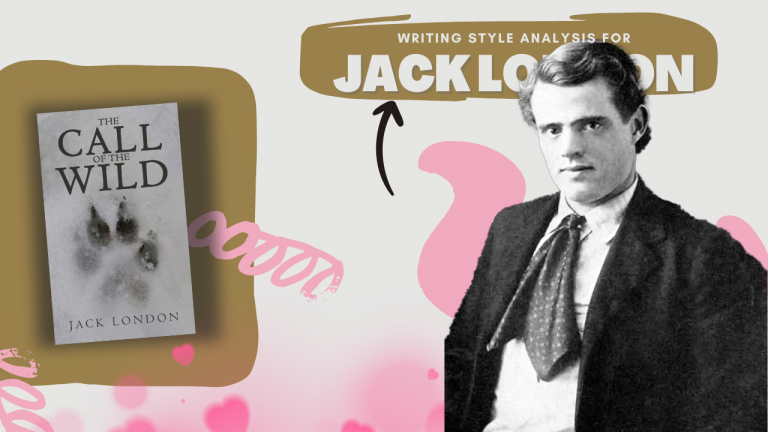Have you ever read a book and thought, “I’d love to write like Bram Stroker”? It’s possible to emulate your favorite authors if you can uncover and learn their unique storytelling style. Every writer has a distinctive voice and approach to storytelling. By leveraging advanced AI, we can analyze these stylistic choices and emulate them.
To help you on your writing journey, I’ve decided to take a deep dive into the works of beloved storytellers and, with the help of AI, provide a detailed analysis of their writing styles. Join me as we unravel the secrets behind their storytelling magic!
Bram Stoker’s writing style in “Dracula” effectively combines detailed setting descriptions, a unique epistolary format, and a slow build-up of suspense to engage the reader thoroughly while also pioneering many of the conventions seen in later horror literature.
Detailed and Atmospheric Descriptions: Stoker’s prose is known for its rich, detailed descriptions that create a vivid and atmospheric setting. He meticulously sets the scene, using sensory details that enhance the mood and immerse the reader in the environment. This is evident in the way he describes the landscapes and people Jonathan Harker encountered during his journey.
Use of Journals and Letters for Narrative: Stoker employs a unique narrative style that includes the use of journals, letters, and diaries to tell the story. This method allows for multiple viewpoints and a more intimate connection with the characters’ thoughts and experiences, as seen through Harker’s journal entries.
Building Suspense and Tension: Stoker is adept at building suspense and tension through subtle hints and foreshadowing. The reader is gradually exposed to the eerie and ominous aspects of Harker’s journey, which raises questions and anticipates darker events, such as the mentions of superstitions and the strange behaviors of the locals.
Incorporation of Local Culture and Superstition: The narrative deeply embeds local Eastern European culture, superstitions, and folklore, which enrich the story and set a mysterious tone. Stoker’s references to historical and cultural details lend authenticity and depth while also playing into the novel’s themes of the unknown and the supernatural.
Exploration of Fear and the Unknown: Stoker effectively explores themes of fear and the unknown. His writing evokes a sense of dread and foreboding, particularly through Harker’s encounters and the gradually revealed superstitions surrounding Dracula’s castle. The reader experiences the protagonist’s growing apprehension and helplessness.
Formal Language and Diction: The language used by Stoker often reflects the time period of the novel, characterized by a formal tone and diction. This not only grounds the story in its 19th-century setting but also adds to the overall Gothic atmosphere of the narrative.
Psychological Depth in Characterization: Stoker provides psychological depth to his characters through their personal reflections and reactions to their environments. Harker’s observations, thoughts, and fears offer insights into his psyche, making him a well-rounded and relatable character.
Gothic Elements: True to the Gothic tradition, Stoker’s writing includes elements such as dark landscapes, ancient buildings, and a looming sense of doom. These elements contribute to the dark, eerie atmosphere that is the signature of Gothic novels.
Do you want to write like Bram Stroker?
As we conclude this exploration into the unique writing style of Bram Stroker, it’s clear that each writer’s voice is not just a mere echo of words but a powerful tool that shapes our understanding and enjoyment of their stories.
You can click here to view the writing style analysis of other great authors. By dissecting the elements that make each author’s style distinctive, we gain valuable insights into the craft of writing that can inspire and inform our own creative efforts. With the assistance of advanced AI, we’ve peeled back the layers of narrative techniques, thematic depth, and character development that define these literary giants.
This journey has not only highlighted the diversity of literary styles but has also shown how these styles resonate with readers across different genres and eras. Whether you’re an aspiring writer seeking to hone your craft or a literary enthusiast eager to understand the nuances of your favorite authors, this series has offered a roadmap to the richness of narrative expression.
The power of storytelling is universal, transcending time and geography. By learning from the masters, we can all aspire to reach new heights in our writing endeavors. Let’s carry forward the lessons learned, and the inspiration gained as we continue to explore and expand our own narrative voices.






